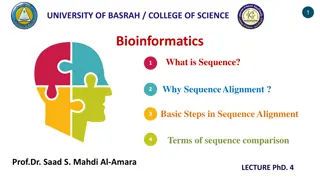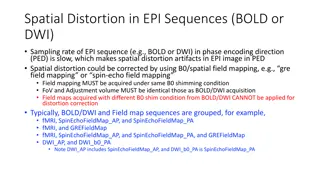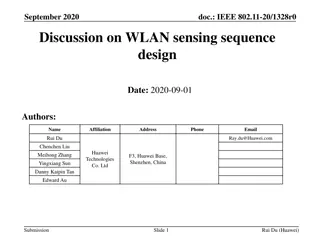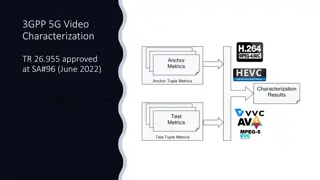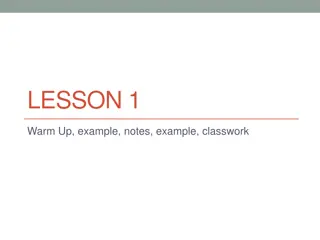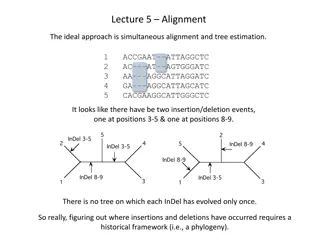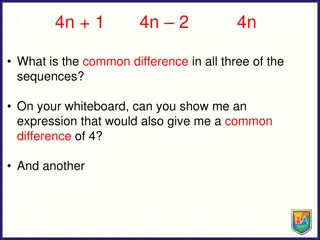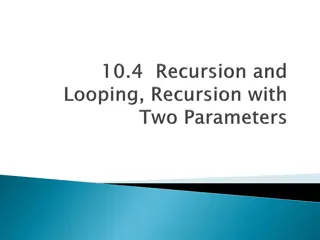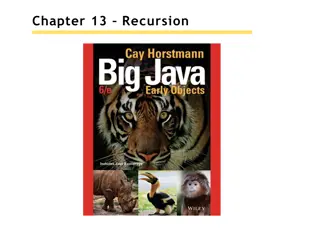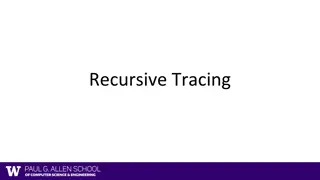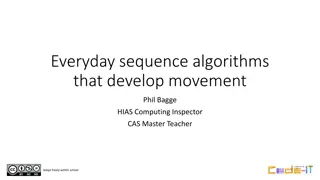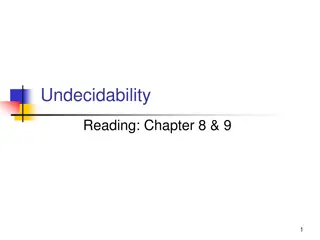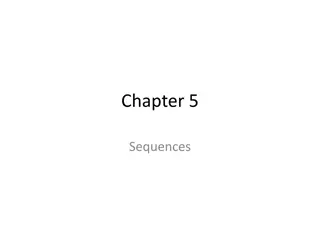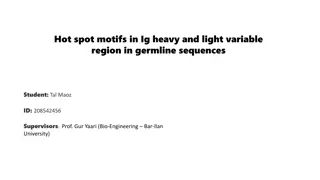Investigating Recursive Sequences
Today's exploration focuses on understanding and working with recursive sequences in mathematics. Learn about explicit and recursive equations, analyze sequences, and solve problems to enhance your skills in sequences and series.
Download Presentation

Please find below an Image/Link to download the presentation.
The content on the website is provided AS IS for your information and personal use only. It may not be sold, licensed, or shared on other websites without obtaining consent from the author.If you encounter any issues during the download, it is possible that the publisher has removed the file from their server.
You are allowed to download the files provided on this website for personal or commercial use, subject to the condition that they are used lawfully. All files are the property of their respective owners.
The content on the website is provided AS IS for your information and personal use only. It may not be sold, licensed, or shared on other websites without obtaining consent from the author.
E N D
Presentation Transcript
In this chapter you have been writing equations for arithmetic sequences so that you could find the value of any term in the sequence, such as the 100thterm, directly. Today you will investigate recursive sequences. A term in a recursive sequence depends on the term(s) before it.
5-71. Look at the following sequence: 8, 2, 4, 10, a) What are two ways that you could find the 10thterm of the sequence? What is the 10thterm? b) If you have not done so already, write an equation that lets you find the value of any term t(n). This kind of equation is called an explicit equation. c) The next term after t(n) is called t(n + 1). Write an equation to find t(n + 1) if you know what t(n) is. An equation that depends on knowing other terms is called a recursive equation.
5-72. Alejandro used his recursive equation, t(n + 1) = t(n) + 6, from part (c) of problem 5-71 to write the following sequence: 0, 6, 12, 18, 24 a) Does Alejandro s sequence match the recursive equation from problem 5-71? b) Why did he get a different sequence than the one from problem 5-71? How can you mathematically write down the information he needs so that he can write the correct sequence?
5-73. Avery and Collin were trying to challenge each other with equations for sequences. Avery wrote: t(n + 1) = t(n)2 1 t(1) = 3 a) Help Collin write the first 4 terms of this sequence. b) Is Avery s sequence arithmetic, geometric, or some other kind of sequence? How do you know? c) Describe to Collin how he could find the 10th term of this sequence. You do not need to actually find the 10thterm.
5-74. Avery and Collin were still at it. a) Collin wrote: t(2) = 19 t(n + 1) = t(n) 2 Help Avery write an explicit equation. Is the sequence arithmetic, geometric, or neither? b) Then Avery wrote t(n) = 6n + 8. Help Collin write a recursive equation.
5-75. The Fibonacci sequence is a famous sequence that appears many times in mathematics. It can describe patterns found in nature, such as the number of petals on flowers, the arrangements of seeds in sunflowers, or scales on pinecones. It is named after Leonardo of Pisa, who was known as Fibonacci. He introduced the sequence to Western European mathematicians in 1202, though it had been described earlier by others including mathematicians in India. The equation that describes the Fibonacci sequence can be written as: t(1) = 1 t(2) = 1 t(n + 1) = t(n) + t(n 1) a) Write the first 10 terms of the Fibonacci sequence. b) Is the Fibonacci sequence arithmetic, geometric, or neither? c) Describe what you would need to do in order to find the 100thterm of the Fibonacci sequence. Do not actually calculate the 100thterm.


